Healthy Living: Emergency
What to Do in Case of a Medical Emergency
No one ever plans on being in a car accident or having a heart attack. But accidents and unexpected illnesses can, and do, happen. Those who arrive in the emergency room (ER) by ambulance usually have a life-threatening condition that requires rapid transportation so they can receive care upon arrival.
Others who come by car or on foot will be treated based on the severity of their illnesses or injuries, not on a first come, first served basis.
Understanding What a Medical Emergency Is
Some situations clearly require emergency medical attention, such as a stroke. But other cases are not so clear cut. What about a swollen ankle, unexplained fever or puncture wound? Symptoms that indicate a medical emergency include:
- Difficulty breathing and/or shortness of breath
- Chest or upper abdominal pain or pressure lasting two or more minutes
- Fainting, sudden dizziness or weakness
- Changes in vision
- Difficulty speaking
- Confusion or changes in mental status, unusual behavior or difficulty waking
- Any sudden or severe pain
- Uncontrolled bleeding
- Severe or persistent vomiting or diarrhea
- Coughing or vomiting blood
- Suicidal or homicidal feelings
- Unusual abdominal pain
What to Do if You Believe You Are Having a Medical Emergency
Go to the ER or call 9-1-1 if the condition is life-threatening or if the person’s condition may worsen on the way to the hospital. It is important to be aware that some conditions may seem minor but could become serious if not treated. In situations that may or may not be a medical emergency, call your doctor’s office first or go to a walk-in clinic.
Walk-in clinics are known as minor emergency, urgent care or immediate care centers. They do not require appointments and are often open evenings and weekends. Walk-in clinics are good options if you do not need the high level of care provided in an ER but instead have a minor emergency such as a cut that requires stitches, severe sore throat, sprained ankle or other illnesses that are not life-threatening.
You may not be able to speak for yourself in an emergency.
Having an emergency app on your smartphone allows first responders access to critical medical information stored on your phone without knowing the passcode on the phone’s lock screen. Information can include prescriptions, allergies, medical conditions, blood type and emergency contacts.
What to Take to the Emergency Room
If you do have to go the ER, be prepared. Bring a list of current medications, including how long the medicine has been taken and how often. Include a list of allergies as well as a medical history form if you have one. (You may want to have these records handy for situations like this.) If possible, call your primary care physician ahead of time so they can order lab work if needed or alert ER staff about your condition. If going to the ER with your child, bring an immunization record and a comfort item to help soothe your child.
When going to the ER for medical emergencies that are not life-threatening, you also may want to bring something to read and money for snacks or a soft drink. Try to remain calm so you are better able to communicate with the doctors and nurses who are there to care for you or a loved one.


